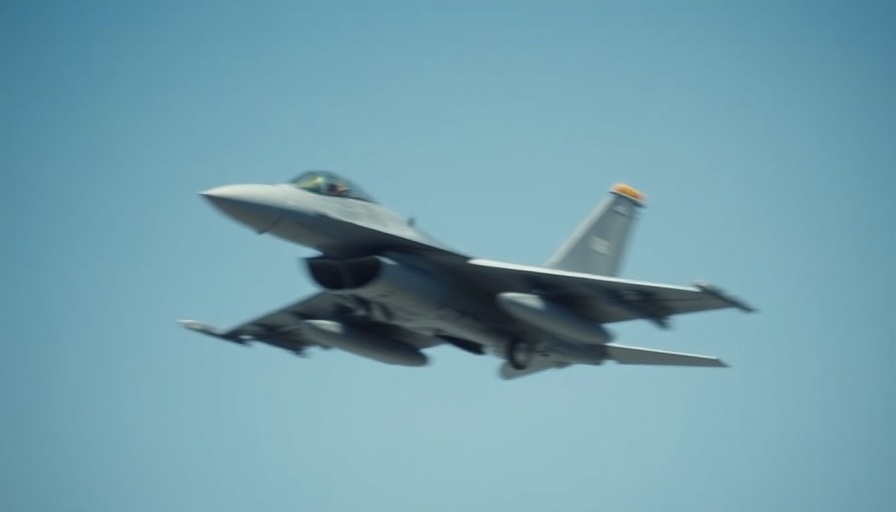
Ukraine's Countermeasure Against Russian Glide Bombs: A Game-Changer on the Battlefield
In a significant turning point in the ongoing conflict, Ukraine's electronic warfare capabilities have dramatically shifted the dynamics of aerial combat. Ukrainian jammers have effectively rendered the advanced Russian glide bombs almost ineffective along the 800-mile front line, a critical development that erases one of Russia's primary advantages in the battlefield.
The Rise and Fall of the Glide Bomb's Effectiveness
Initially seen as a "miracle weapon" by the Russian forces, the KAB and UMPK glide bombs could be launched from a safe distance, striking Ukrainian targets with devastating precision. The early days of the conflict saw Russian fighter-bombers unleashing hundreds of these bombs daily, leading to significant territorial gains for Russia, including the capture of Avdiivka. However, the situation has now shifted.
Recent analysis has indicated that Ukrainian radio jammers have become increasingly effective at disrupting the GLONASS satellite signals these bombs rely on for navigation. With the jamming operations saturating the front lines, Russian bombs often fail to hit their intended targets, resulting in wasted munitions and grounded combat capabilities.
How Electronic Warfare is Reshaping Modern Combat
The effectiveness of Ukrainian jammers exemplifies a growing trend where electronic warfare serves as a force multiplier on the battlefield. While Russia has its jamming technologies, they have not matched Ukraine's prowess, as many Russian systems are poorly built and unable to achieve their intended outcomes.
This shift means that it now takes up to 16 glide bombs to strike a single target reliably. The inefficiency and costs involved in deploying multiple aircraft to achieve limited success is unsustainable for Russia's air force, which is already operating with reduced resources due to losses from the conflict.
What's Next for Ukraine's Military Strategy?
As Ukraine continues to enhance its tactics and technologies, electronic warfare may provide a solution to their limited traditional air defense systems. Modern munitions like the American-made Joint Direct Attack Munitions (JDAM) and French Hammer bombs, equipped with inertial navigation systems, allow Ukraine to strike back despite Russian jamming attempts.
Looking ahead, the West’s support in terms of advanced weaponry will be crucial for Ukraine to maintain this edge. As the battlefield evolves, the focus on electronic warfare capabilities alongside strategic aerial strikes becomes essential for future operations against Russian forces.
Broadening the Battlefield with Technological Advances
Notably, advancements in air warfare and air-to-ground strike capabilities, combined with emerging tactics, promise to shape the future landscape of military engagements in Ukraine. Additional commitments from NATO and investments in jamming technologies could bolster Ukraine's effective fight against not only glide bombs but a range of airborne threats.
In conclusion, as Russia reassesses its strategies in light of astonishing Ukrainian resilience and ingenuity, the effectiveness of electronic warfare reaffirms its significance in contemporary conflicts, setting new standards for how battles are fought in the digital age.
 Add Row
Add Row  Add
Add 


Write A Comment